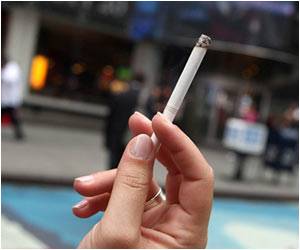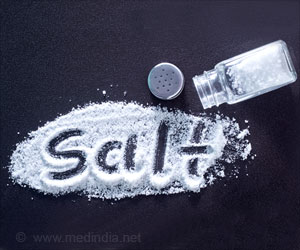Tanning salons have come under the hammer of the British government. This is in lieu of Britain’s soaring rates of skin cancer.
Tanning salons have come under the hammer of the British government. This is in lieu of Britain’s soaring rates of skin cancer.
The government's cancer reform strategy, which will be unveiled tomorrow, will look at the extent of sunbed use by teenagers. It will also view the clinics existing and how many of the beds are coin-operated. Tanning salons allow customers to spend unlimited amounts of time getting tanned - and significantly up the risk of developing a malignancy.There is also growing medical alarm regarding unstaffed tanning salons. Here customers stand in booths and receive a tan under lamps which use intensive ultra-violet rays. A 20-minute visit to the booth is equivalent to spending a day at the beach. Needless to say, this can cause lasting skin damage.
Around 65,000 cases of skin cancer are reported in the UK each year. Out of these, 2,000 proving fatal. Most cases are put down to sunburn or prolonged exposure to ultraviolet rays.
Yet a complete ban on sunbeds has been ruled out by health officials, amid concerns that it would lead to the setting-up of unregulated clinics.
Sunbeds give out ultraviolet (UV) rays . These penetrate into the cells and cause genetic damage, which in turn can trigger the development of cancer. Of this, UVA light is the predominant form. It can cause skin cancer from long-term exposure to it. UVB rays can cause redness and burning, and they increase the risk for non-melanoma skin cancers and the most dangerous form, malignant melanoma.
Britain is witness to a big growth in the suntan industry, with some customers having more than 100 sunbed sessions every year. High pressure sunbeds can cause as much damage in minutes to the skin as a year's normal exposure to the sun.
Advertisement
Source-Medindia
ANN/P











